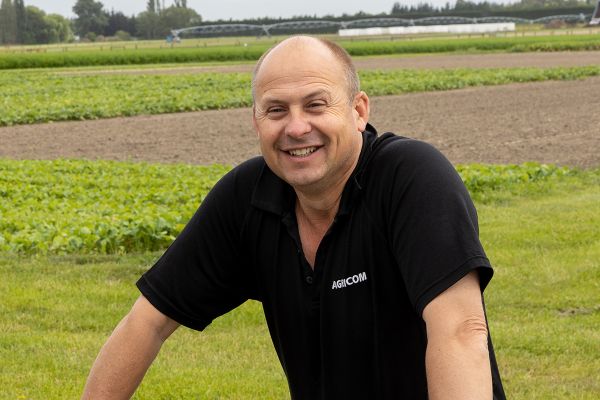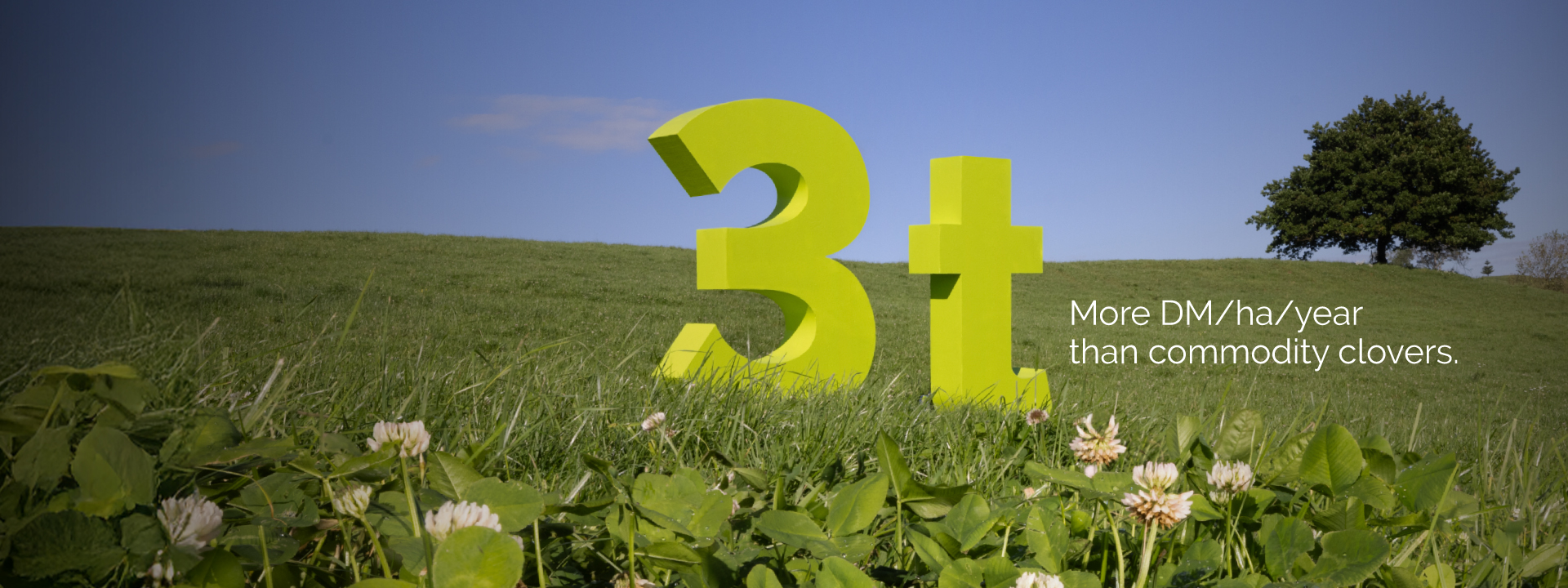NZ BRED PROPRIETARY CLOVER FROM AGRICOM.
THE NUMBERS STACK UP.
Agricom White Clover Advantage Trial
Evaluating the performance of modern white clover genetics in a ryegrass + white clover mixed sward
In spring 2021, Agricom established a plot trial with four replicates to evaluate five different white clover cultivars (Huia, Nomad, Tribute, Brace and Attribute) which was sown with Three60 perennial ryegrass. The grass cultivar and sowing rate were kept consistent across the swards, enabling a comparison of the white clover cultivars based on both the quantity and quality of pasture produced.
The trial also included control plots for both grass treatments (without clover) and an additional treatment of Three60 AR37 with Relish red clover, allowing for a comparison of red clover's performance in this system relative to white clover.
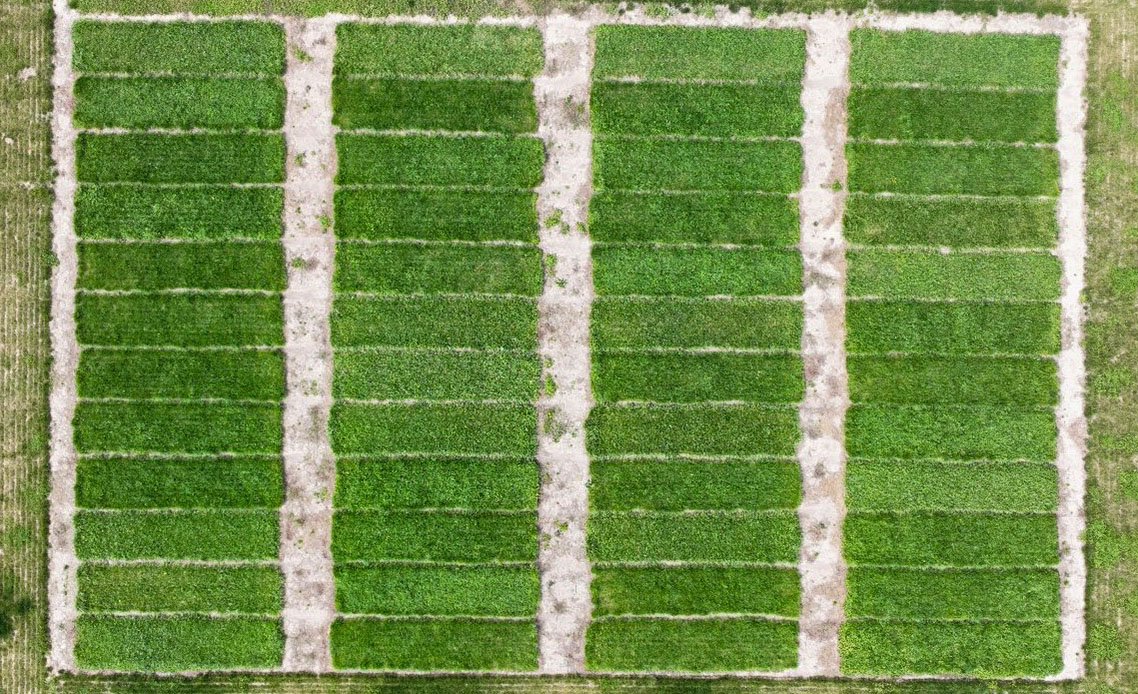
Measuring the yield contribution of modern white clover genetics in a mixed pasture under nitrogen limited conditions
Fertiliser is applied to this trial at a rate of 190 kg N/ha/year, using a ‘complex’ product to ensure phosphorus (P), potassium (K), and sulfur (S) are non-limiting. The fertiliser is distributed across four applications of 46 kg N/ha throughout the calendar year.
Yield is measured approximately 10 times per year using a forage harvester, which cuts the forage to a height of 4–6 cm. Fresh weight is recorded for each plot, and samples are taken for drying to calculate the drymatter percentage. These measurements are used to determine the drymatter production for each treatment in the trial.
Figure 1 presents the interim cumulative yield, covering the period from sowing in spring 2021 to spring 2024.
3 tonnes/ha annual production increase using modern white clover genetics relative to commodity clovers
Figure 2 presents 12 months of yield data in the trial. With the same amount of nitrogen applied, Three60 + Brace produced an additional 3575 kg DM/ha compared to Three60 + Huia, highlighting the significant annual production gains achievable with modern white clover genetics. Similarly, Three60 + Attribute increased annual production by 2413 kg DM/ha compared to Three60 + Huia.
Providing farm system solutions to maintain production under synthetic nitrogen limitations
In perennial ryegrass pastures featuring new generation, high density grasses like Three60, modern white clover cultivars have demonstrated the ability to produce over 15 tonnes of drymatter per hectare per year under a cut and carry system, with just 190 kg N/ha/year applied. Cultivars such as Attribute and Brace offer farmers an effective tool to maintain or even improve pasture productivity while complying with regulations on synthetic nitrogen application.
NZ BRED PROPRIETARY CLOVER FROM AGRICOM.
THE NUMBERS STACK UP.
Brace - All season production
Brace was finally selected after extensive dairy evaluation in the Waikato with proven persistence, high yield and adaptability to current environmental conditions in the presence of pests and current fertiliser practices. Brace has more consistently large leaves, making it a very visual white clover. It has production improvements in all seasons particularly noticeable in autumn and winter.
- New generation of genetics for large-leaved white clover
- Very high spring and summer production
- Improved autumn and winter activity
- Ideal for dairy, beef and lamb finishing and silage pastures
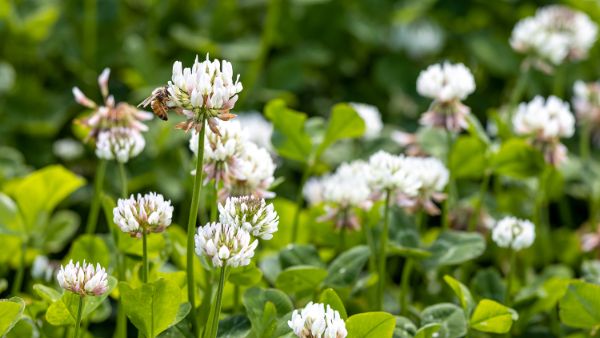
Attribute - New Zealand's new generation of clover
Attribute has shown a high level of performance in dryland sheep pastures under both set stocking and rotational grazing in Canterbury while being just as successful in the intensive grass growing areas of the rotationally grazed cattle pastures in the upper North Island. Attribute is the perfect white clover base for a clover mix.
- Very high total productivity
- Maintains high productivity under a wide range of grazing managements
- Ideal for sheep and beef pastures, finishing pastures, dairy and dairy support pastures
- Bred in New Zealand by world leaders in white clover breeding
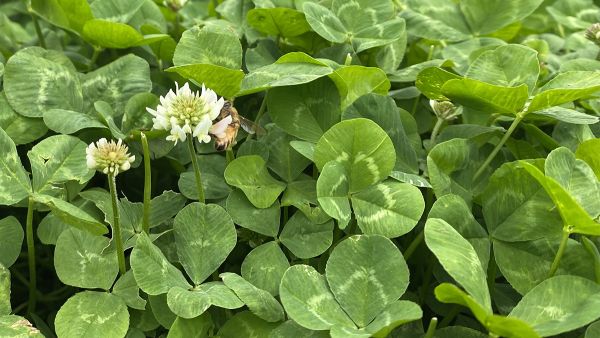
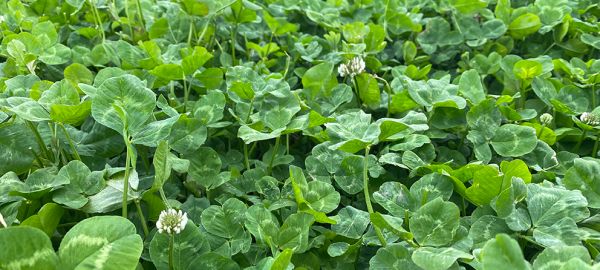
Browse our clover range
Learn More